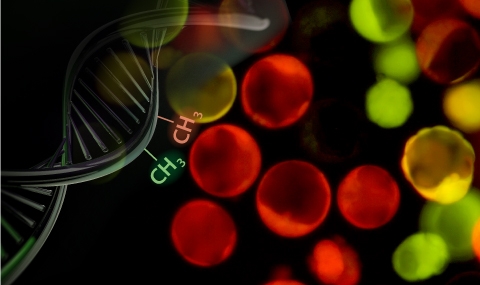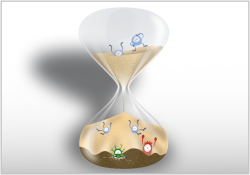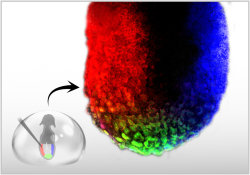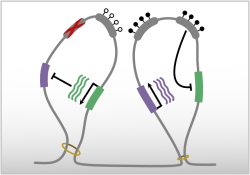One of the most remarkable processes in biology is the development of a single fertilized egg into a complete embryo within a short time period of rapid growth and cellular diversification. Yet, how variation is achieved while basic units (cells) in this system comprise identical genetic information, represents a deep and fundamental open question our group strives to engage. We are excited by recent developments in single-cell transcription and epigenome technologies, since these can capture the emergence of embryonic cellular diversification at the native state, and ultimate resolution. But, we believe that an urgent need in the field is to match descriptive single cell atlases with models and methodologies to derive novel understanding of function and regulation of embryonic tissues. To pursue this, we synthesize expertise and ideas from developmental biology, epigenetics, computational biology, microscopy, and single cell epigenomics. We work on mammalian models from mouse to rabbit, devising insights that can be later implemented and tested in human models. In the coming years, we aspire to continue learning from the ever elegant and awe-inspiring embryos on how to shape and reshape cellular programs, epigenetic memories, and overall tissue function.
The central premise of our research program holds that a complete understanding of embryonic cell specification requires integrating three main layers of phenomenological information: (i) The natural flow of cell state changes over time. (ii) The sum of extracellular cues affecting cell specification in the 3D embryonic space and (iii) epigenetic makeup shaping and memorizing intracellular states.





